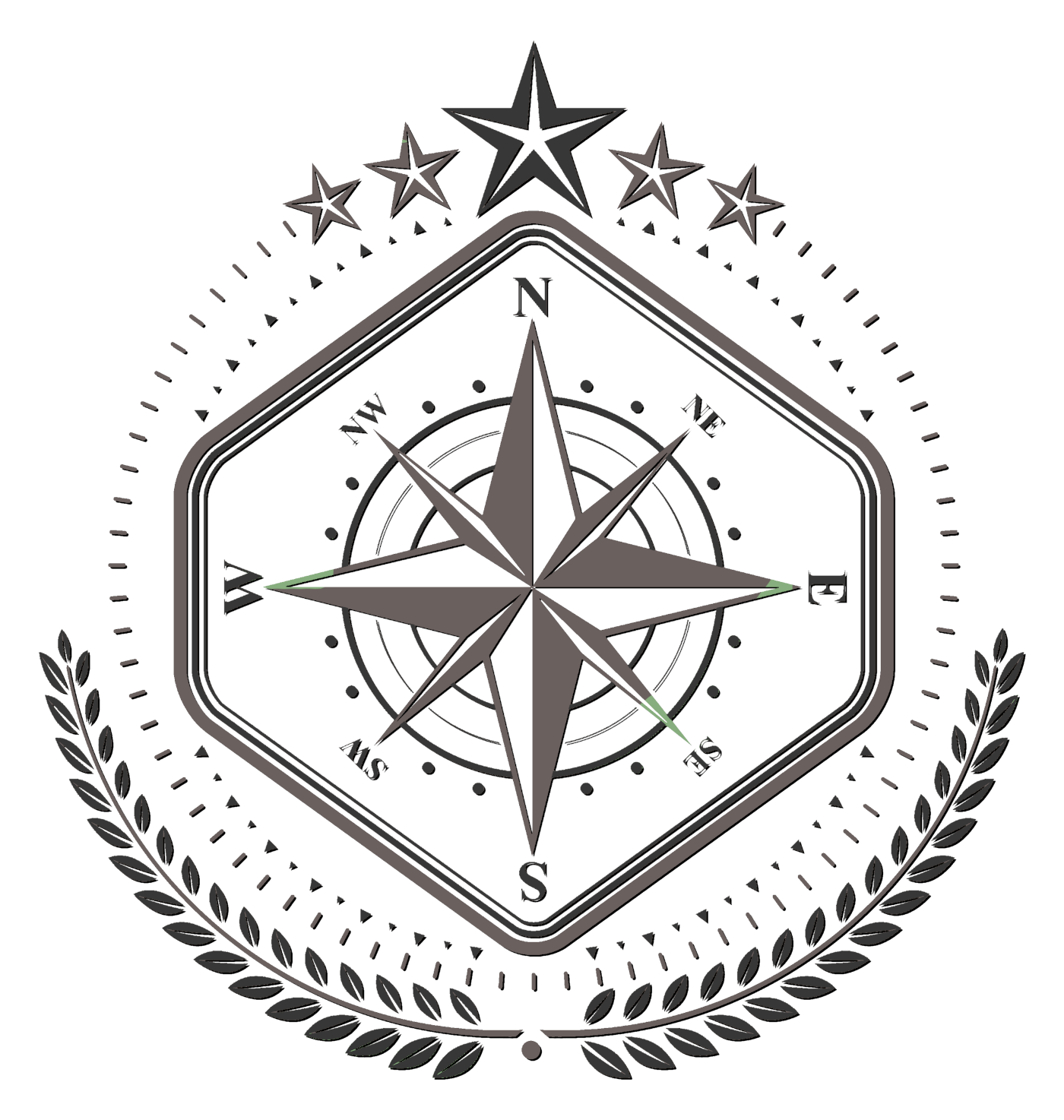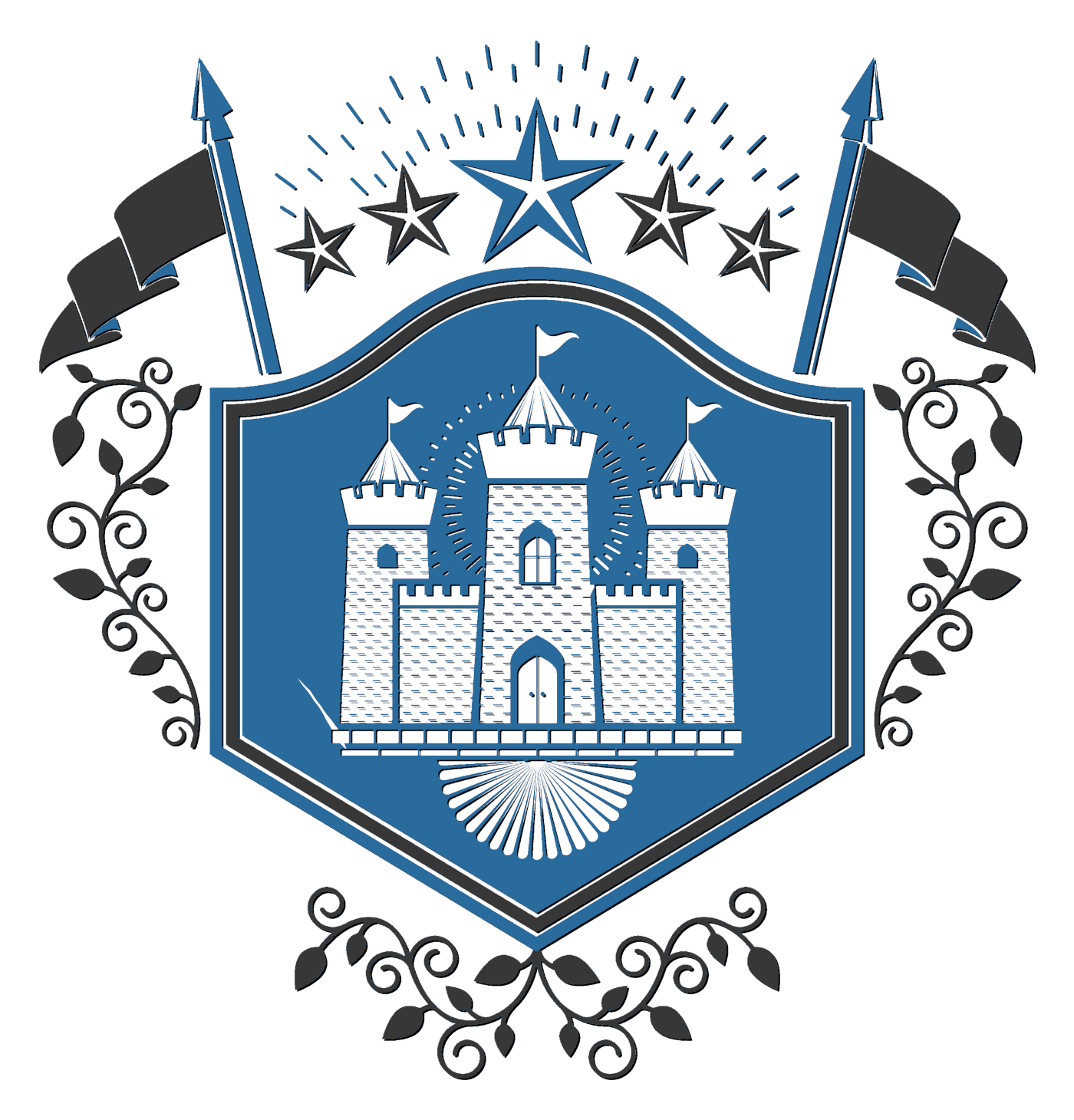|
A bit of background: I had the idea a while back for a world with a unique cobha: The symbol always contains the presence of the prototype. What this means, for instance, is that if I hold up a picture of someone, he may be able to see what is before the picture. Anyway, I have a creation narrative and the beginnings of a history for it, and I thought I'd post it here and get some feedback. None of it is final at the moment, but I'm liking the idea a lot.
The History Of The Creation Of Symbolikos
Symbolikos is another world, another dimension, another plane. Call it whatever you like; these things have had many names. But to understand the Creation of Symbolikos, you must first understand the cosmology of the polycosmic universe.
At first there was only one world, the Creator’s world, the world formed by God directly. It was in this world that man was first created, first fell, and was redeemed. After the redemption, Christ called together the angels of heaven, together with many of the Old Testament saints, and offered to the angels the chance to create their own worlds, with the saints as advisors.
However, there was a caveat: they could not create souls. They would have to take ensouled beings, specifically humans, from the Creator’s world, the primary world.
The angel who created Symbolikos was Archangel St. Michael. His advisors were St. Moses the God-Seer and King St. David the Prophet.
St. Michael took his time about creating his world. First he laid down the laws of nature, decidedly at variance with those in the Creator’s world. The most notable difference is that in Symbolikos, prototypes are always present, to one degree, or another, in their own symbols. This allows St. Michael, for instance to monitor the whole world with ease through his ikons. Then he laid out the earth: the world of Symbolikos is flat. Then he built a winged chariot and painted it with flames. This he assigned St. Moses to drive through all the day as the Sun, and he granted to him for this purpose a body, though a temporary one, for the daytime only.
King David was assigned a similar chariot for the night.
Then the mountains and the seas were formed, and Archangel Michael created many strange and ferocious beasts in the mountains and the forests. And then, after hundreds of years of gradually building the world to perfection, and acquiring God’s permission, he transplanted a few Orthodox Christians from the Byzantine Empire into a great city he had built for them. Their spiritual leader was a bishop named Basil. They also chose for themselves a basileus, or King, Acacius. He was the first king of the first city-state of Symbolikos. The city-state they called Acaciopolis, after their King. And thus begins the history, with the creation completed, of Symbolikos.
The First Age
After the creation, King Acacius organized the city of Acaciopolis quite ably. And thus began a hundred years of peace and growing prosperity. The Acaciopolitans were not rich at first, but they had no enemies and were united under a skillful and good monarch, and they expanded their city, conquered the wild lands beyond the city, and established their church. Bishop Basil was, by his own decree and the acclamation of the people, made Bishop of Acaciopolis and Acaciopolis was elevated to a Patriarchate by the agreement of Basil and Acacius.
And the days of the reign of Acacius I were twenty-five years from the Creation. And he reposed in the twenty-fifth year from the creation of the New World.
And he was succeeded by his son, Pavlos the Pontiff. He was called the Pontiff for he fashioned the North Bridge over the Tyrannos River, thereby becoming master of the river-god as well. And ever after the previously arbitrary river-god served loyally the interests of the Acacid House.
And the days of his reign were forty-five years from the death of his father. And he reposed in the seventieth year from the Creation.
And he was succeeded by his son, Anastasios the Fool. And he was called Fool because his mismanagement of the realm led several smaller colonial cities to break away near the end of his reign, while he was weak.
And the days of his reign were thirty-one years from the death of his father. And he reposed in the hundred and first year from the Creation.
_________________
Fast and steady wins the race.
Nunquam Reformandus--Never Reforming
"The more laws, the less justice."--Cicero
"I hope I will never write a novel that 'contains characters.'"--Tsahraf
"The knight is a man of blood and iron, a man familiar with the sight of smashed faces and the ragged stumps of lopped-off limbs; he is also a demure, almost maidenlike, guest in a hall, a gentle, modest, unobtrusive man. He is not a compromise or happy mean between ferocity and meekness; he is fierce to the nth and meek to the nth." --C.S. Lewis, "The Necessity of Chivalry"
Current WIPs include:
The Last Flight Of Captain Calder Scott--A Wanderlust Canon Tale (Steampulp Alternate History Adventure Novelette)
Estimated length: 17,000 words.
Currently Completed Length: In Editing Phase
Rejection Letter Count: 1
|


